 As we approach Independence Day, the country is gearing up for one of its biggest summer celebrations. While many of us will be content with attending community displays, many people prefer the excitement of holding their own personal fireworks display. These can range from simple sparklers to huge displays from more serious enthusiasts. But whether big or small, putting on your own show always entails an element of danger. It’s critical to understand the risks, follow all safety guidelines and have safety procedures in place before lighting the first match. This will ensure that your family and friends will enjoy a safe and exciting celebration.
As we approach Independence Day, the country is gearing up for one of its biggest summer celebrations. While many of us will be content with attending community displays, many people prefer the excitement of holding their own personal fireworks display. These can range from simple sparklers to huge displays from more serious enthusiasts. But whether big or small, putting on your own show always entails an element of danger. It’s critical to understand the risks, follow all safety guidelines and have safety procedures in place before lighting the first match. This will ensure that your family and friends will enjoy a safe and exciting celebration.
Another thing to note before organizing a fireworks event is that you should ensure that you have the proper official approval in place and any required documentation or permits. Michigan has laws governing the purchase and use of fireworks, including the Michigan Fireworks Safety Act, so be sure to do your homework first and stay in compliance with state and local laws. Also, before holding your fireworks display, check with your local fire department for any fire regulations that you will need to follow.
Purchasing Fireworks
Precautions
There are many precautions that you need to abide by for the safety of everyone. Before holding your fireworks display, ensure you have proper insurance coverage. If there are injuries and you are under-insured, the results could be devastating. Here are some guidelines:
- Fireworks should be locked up and stored in a cool dry place, away from children.
- Fireworks and alcohol do not mix. Don’t drink while setting them off.
- Read and follow the directions on the fireworks carefully.
- The display site should be clear and at least 100 feet by 100 feet. Verify that there are no trees, buildings or hydro lines on the site.
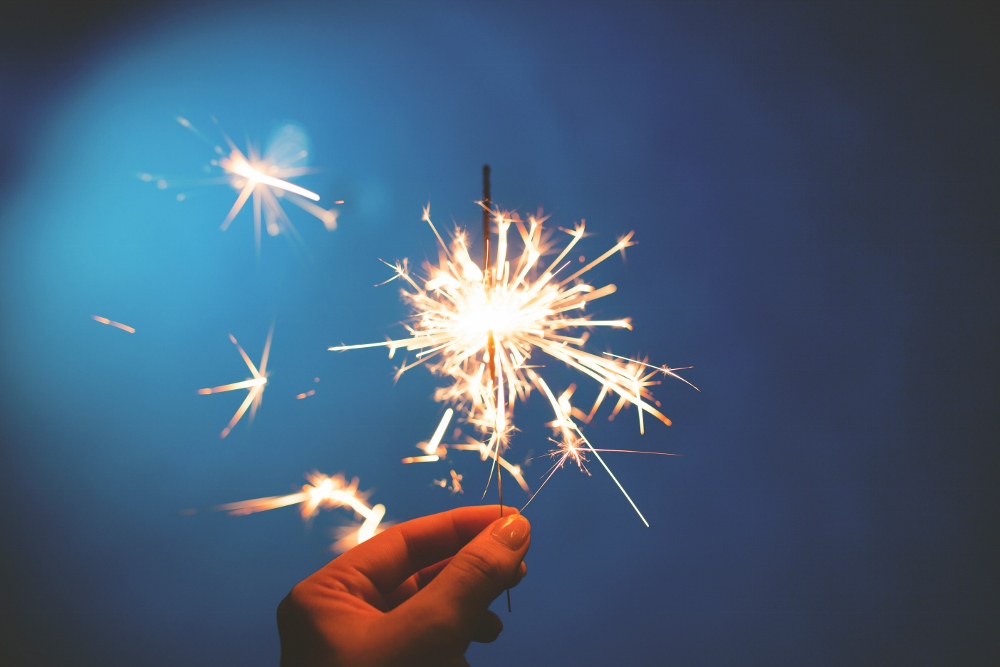
- Never hold fireworks in your hands when lighting them.
- Do not fire under windy conditions.
- Always have water nearby, either in pails or a hose connected to a water supply.
- A metal bucket filled with sand makes a good platform for lighting fireworks.
- Fireworks should be buried half their length in the bucket of sand unless the directions say otherwise.
- Angle the fireworks 10 degrees away from the audience and make sure the people are upwind from the display.
- Do not wear loose fitting clothing, including scarves or anything that may dangle into the fireworks.
- Children need to be monitored and supervised at all times during the fireworks display.
- Light one firework at a time and never experiment.
- When finished, soak them in water before disposing in a trash can.
- If any of the fireworks do not light, don’t try to fix them. Leave them for at least 30 minutes before soaking in a bucket of water.
- Wear eye protection when lighting the fireworks.
- In the unlikely event that someone gets burned, soak them with cold water and seek medical attention.
Remember, having an exciting 4th of July doesn’t have to mean sacrificing safety! A safe celebration is also a fun one.
If you want to be sure you’re covered before you host a party with fireworks, please give us a call at 616-897-1515. And for more tips like these, subscribe to our newsletter!


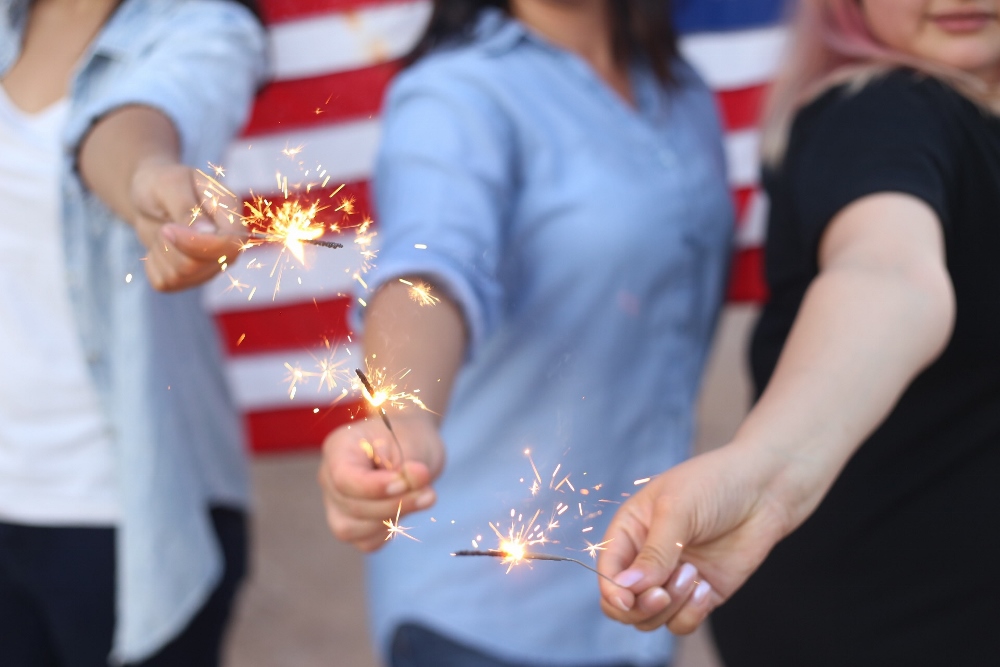 Happy Independence Day! The Fourth of July is a time for enjoying freedom, family, and (of course) fireworks! Your weekend might include grilling, swimming, boating, and a light show at the end of the day. But while all of the activities are summer favorites, each one has its unique safety hazards, especially when combined with drinking and blowing things up!
Happy Independence Day! The Fourth of July is a time for enjoying freedom, family, and (of course) fireworks! Your weekend might include grilling, swimming, boating, and a light show at the end of the day. But while all of the activities are summer favorites, each one has its unique safety hazards, especially when combined with drinking and blowing things up!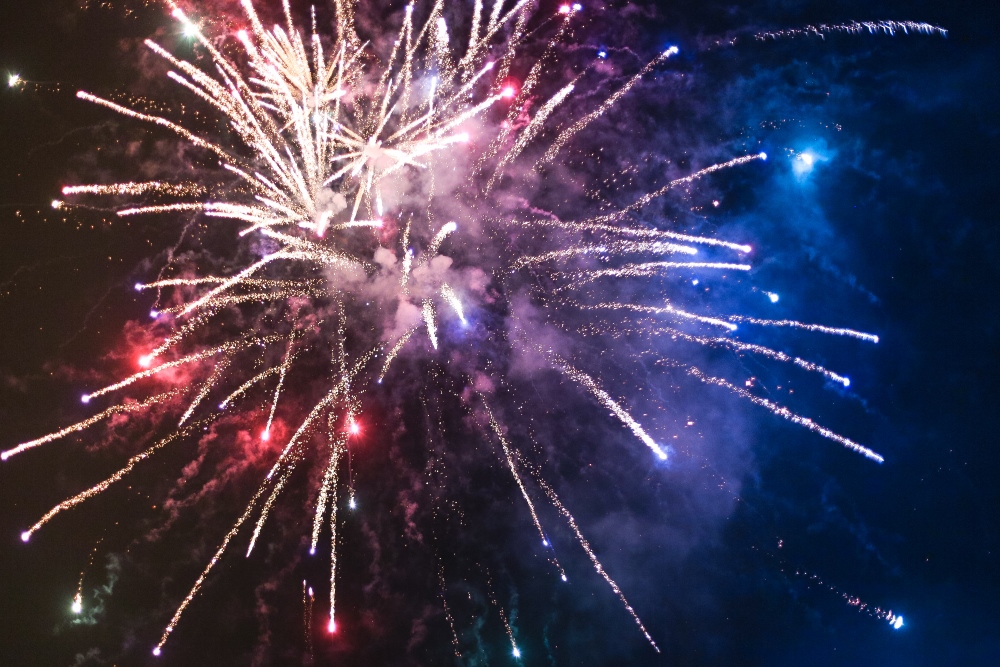
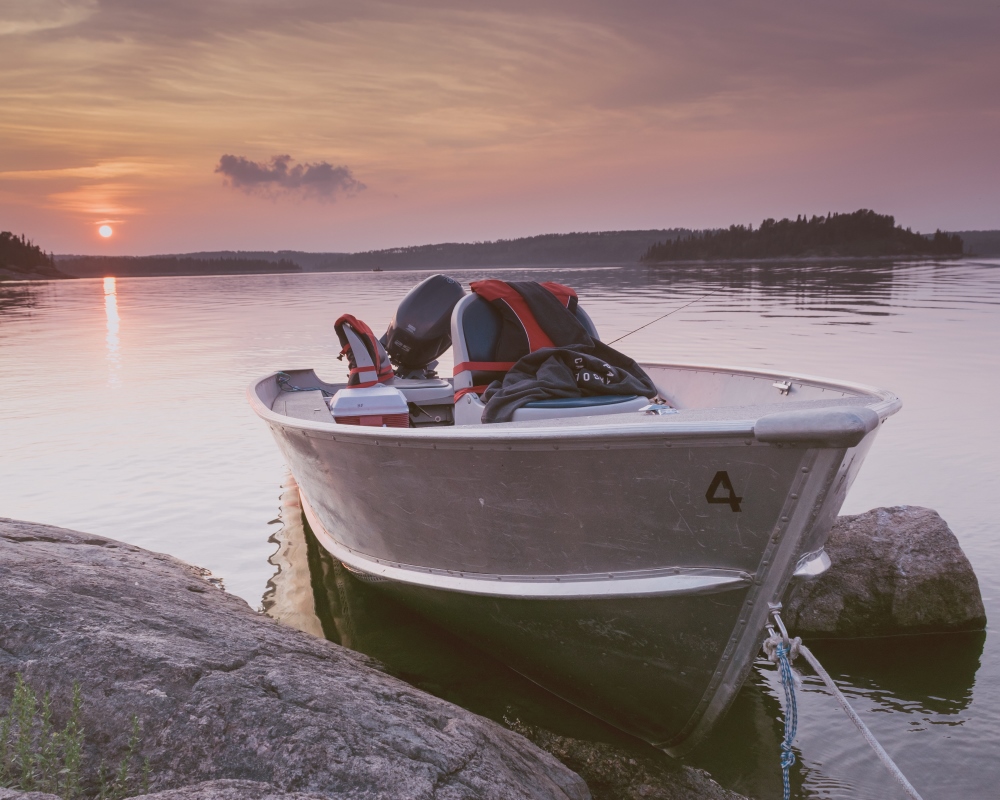 It’s Michigan Boating week! And that means families everywhere in the Great Lakes State are starting to hit the water as the weather heats up. While being out on the water together is a favorite summer pastime for Michigan families, it’s important to remember that when you mix kids and boats, safety becomes even more important. So while you’re spending some time on the waves, follow these tips to keep your boating experience safe and problem free:
It’s Michigan Boating week! And that means families everywhere in the Great Lakes State are starting to hit the water as the weather heats up. While being out on the water together is a favorite summer pastime for Michigan families, it’s important to remember that when you mix kids and boats, safety becomes even more important. So while you’re spending some time on the waves, follow these tips to keep your boating experience safe and problem free: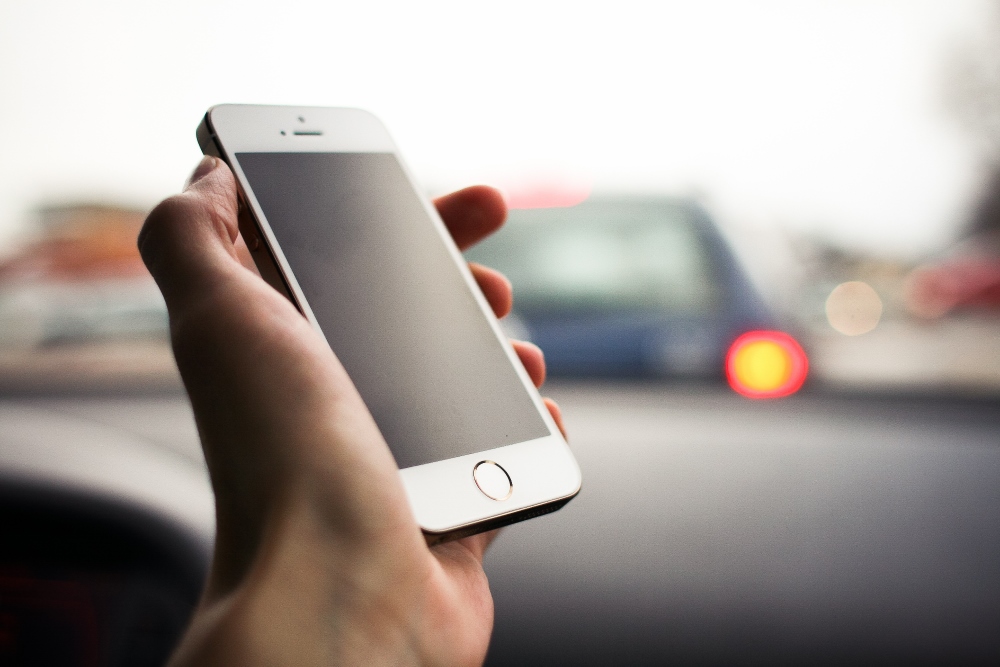
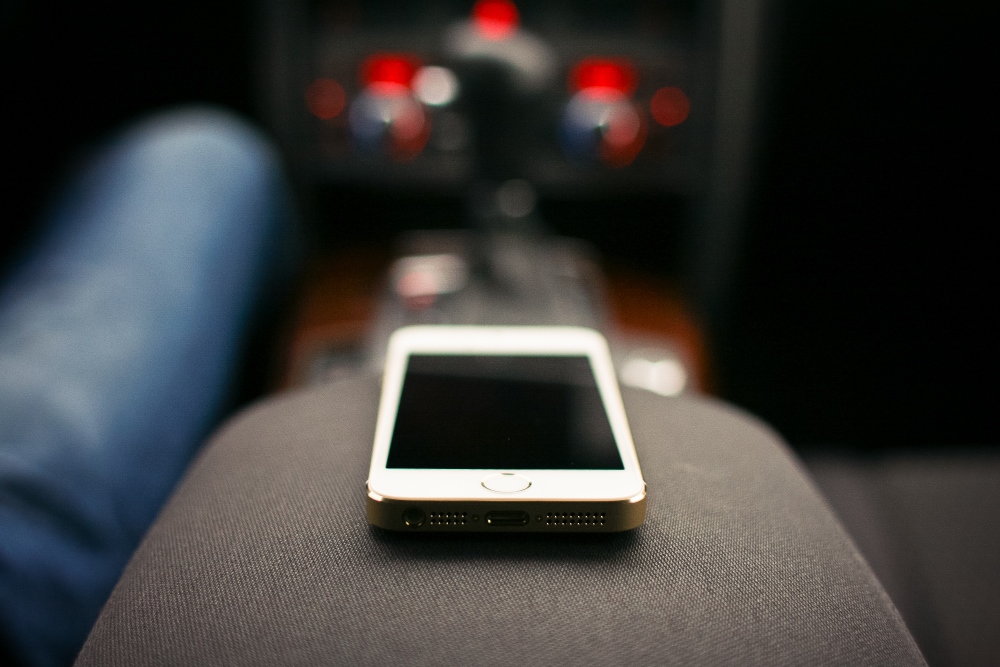

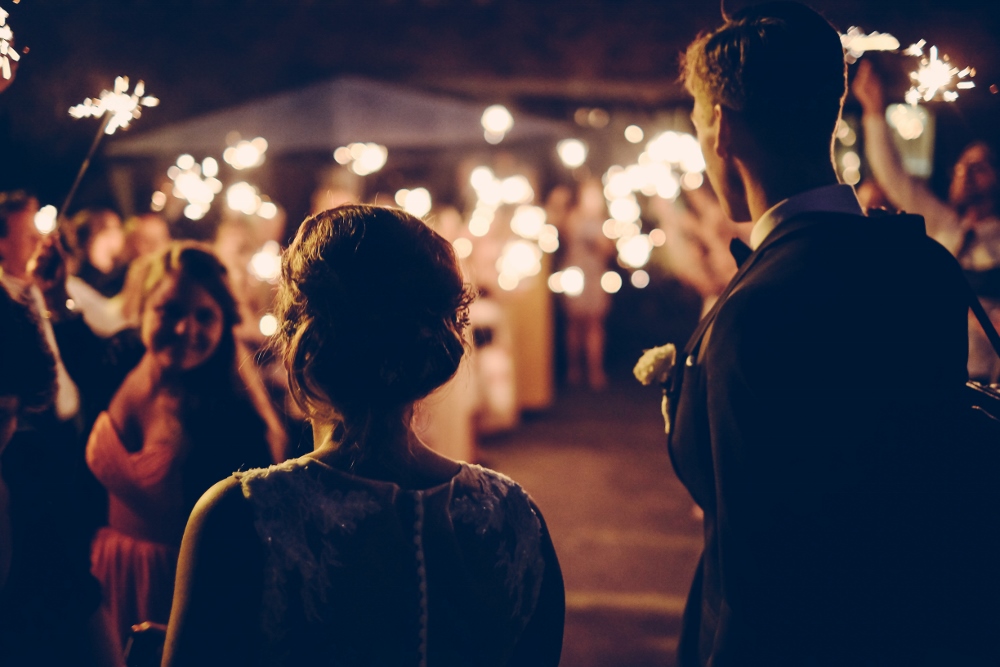
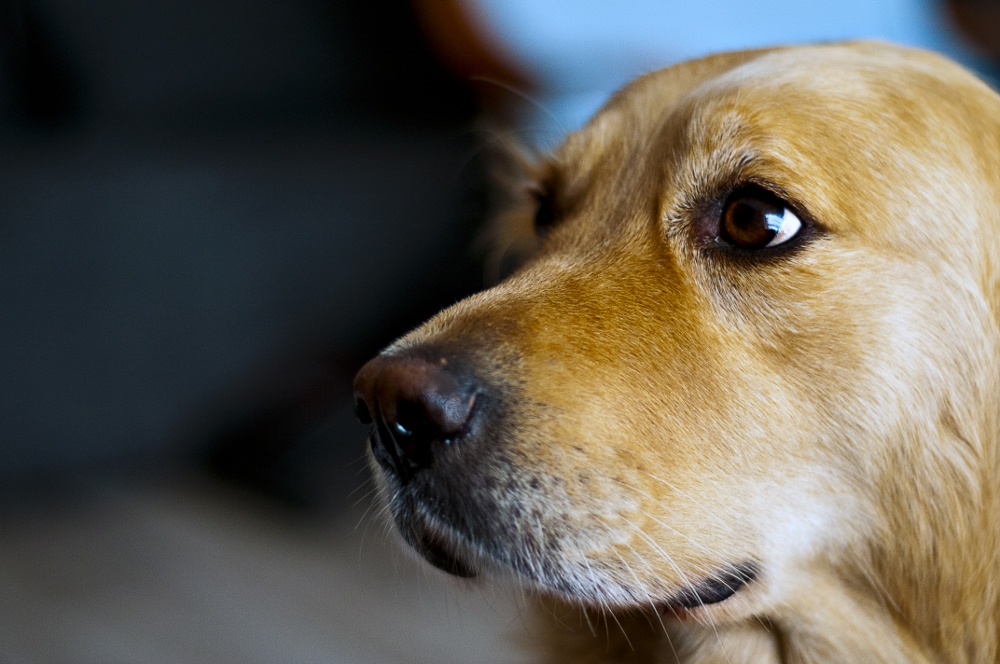
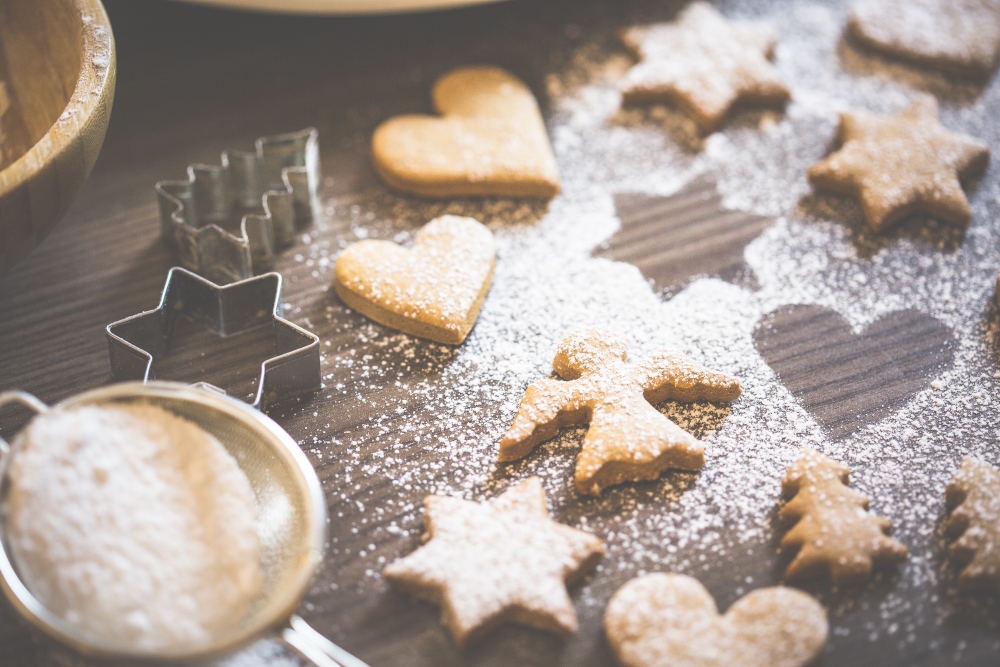
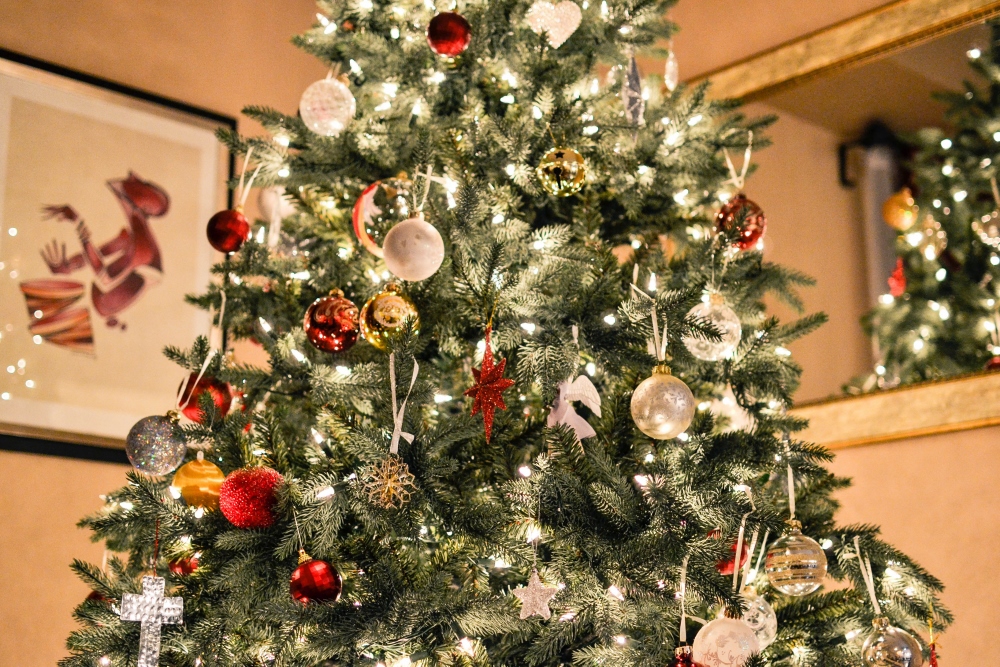
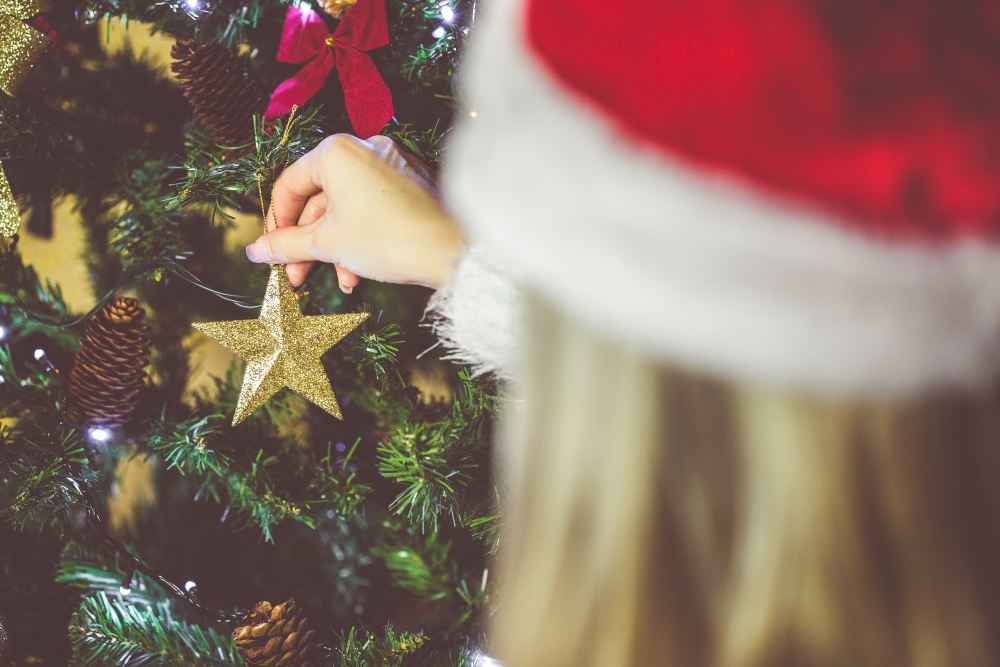
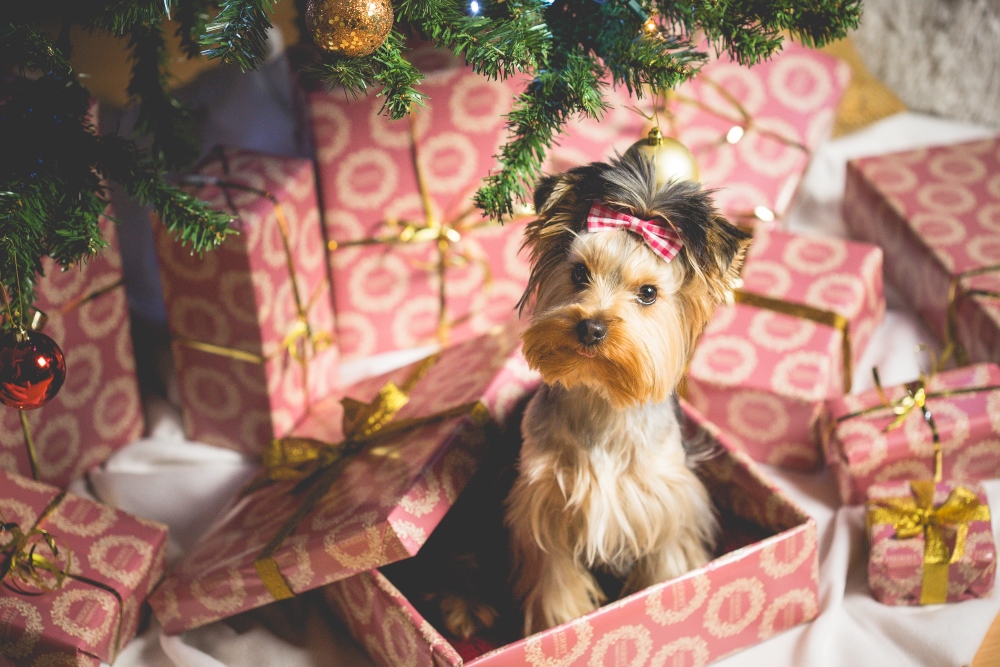 Keep in mind, an over-stimulated, nerve-rattled dog may not take well to kids pulling tails and fur. Even the best behaved family dogs have a limit. Adults should always supervise children around pets to monitor the safety of both the pet and the child. If a dog appears to be annoyed, call it into an empty room for a break from the holiday excitement.
Keep in mind, an over-stimulated, nerve-rattled dog may not take well to kids pulling tails and fur. Even the best behaved family dogs have a limit. Adults should always supervise children around pets to monitor the safety of both the pet and the child. If a dog appears to be annoyed, call it into an empty room for a break from the holiday excitement.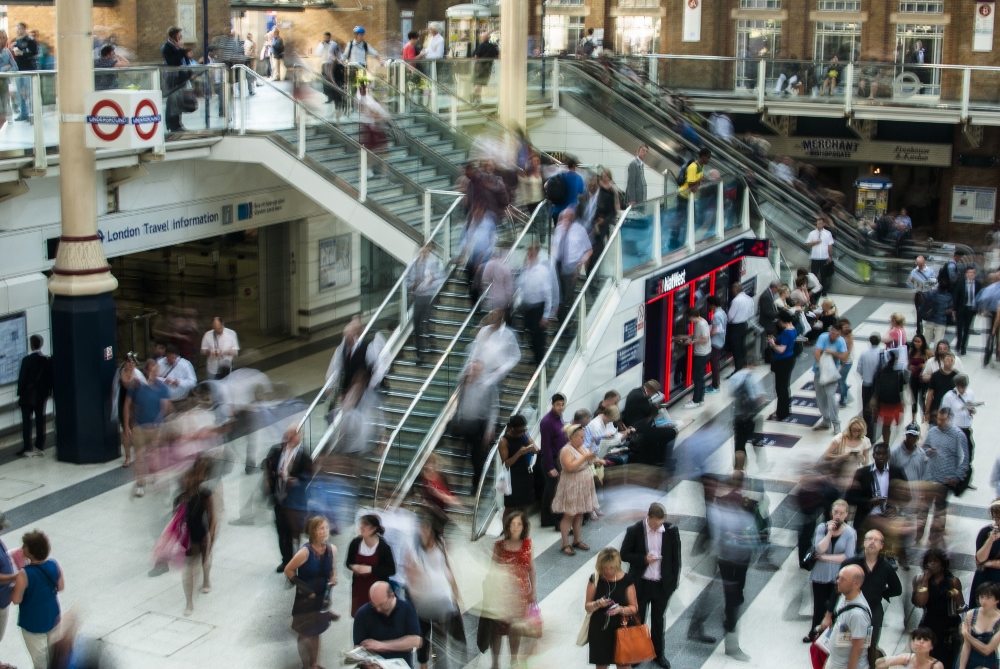 Thanksgiving is time for family traditions, and turkey of course. Maybe you watch the parade on TV while you cook. Maybe you go around the table saying what you’re thankful for. Or maybe, like millions of Americans, you relish in Black Friday shopping bargains. The biggest shopping day of the year, and the unofficial start to the holiday season, stirs shoppers into a frenzy of mapping out sale items while fighting against the inevitable turkey-coma that follows any big Thanksgiving meal.
Thanksgiving is time for family traditions, and turkey of course. Maybe you watch the parade on TV while you cook. Maybe you go around the table saying what you’re thankful for. Or maybe, like millions of Americans, you relish in Black Friday shopping bargains. The biggest shopping day of the year, and the unofficial start to the holiday season, stirs shoppers into a frenzy of mapping out sale items while fighting against the inevitable turkey-coma that follows any big Thanksgiving meal.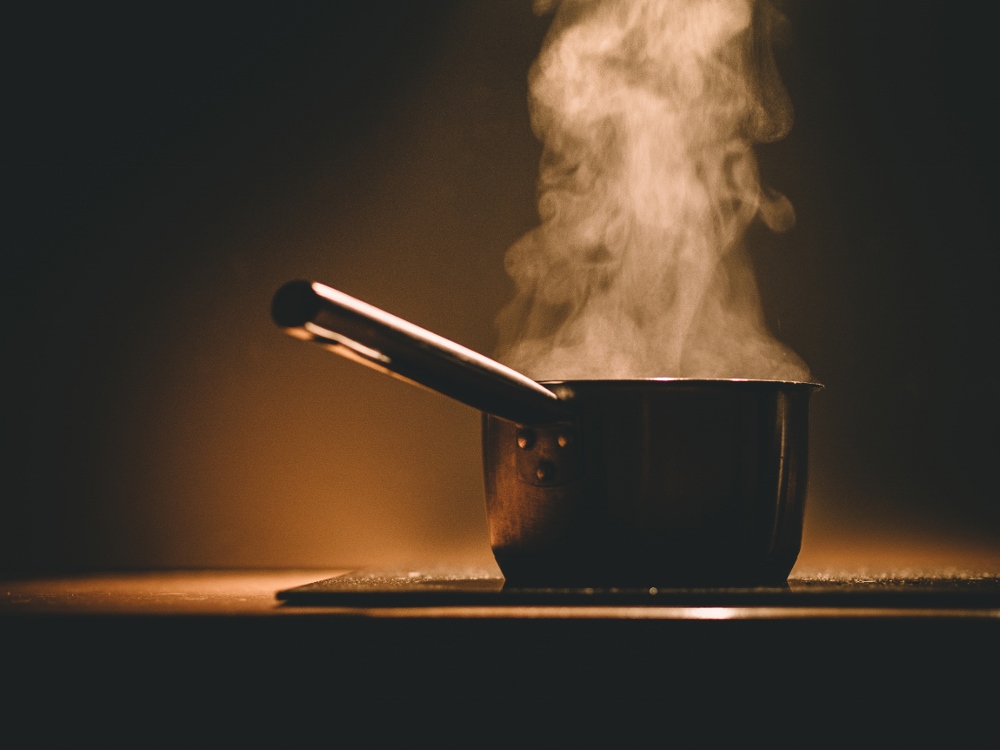 Use Cooking Appliances Properly
Use Cooking Appliances Properly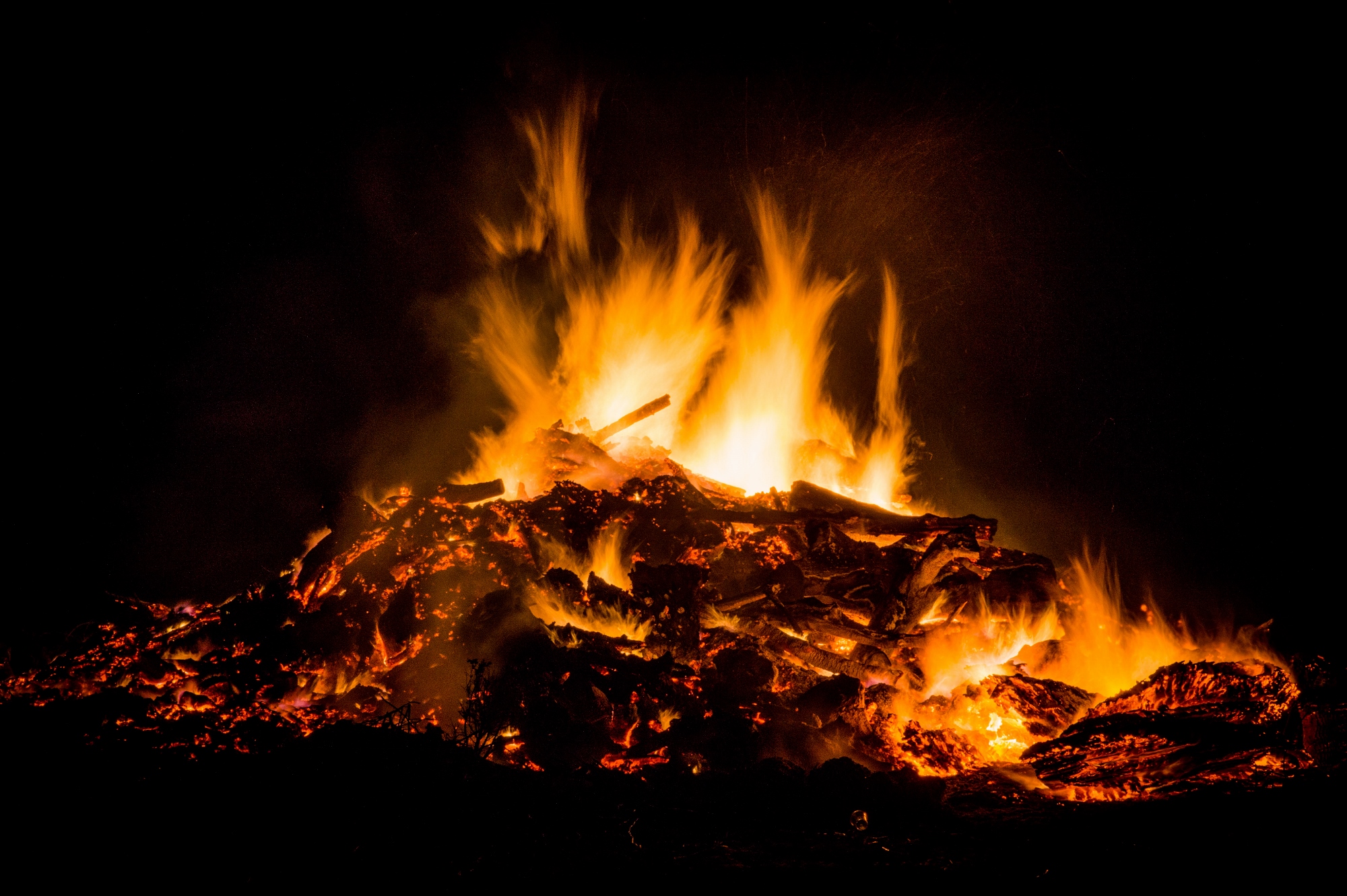 If you think you can safely fight a small fire, there are certain techniques you should use. Always keep an oven mitt and non-glass lid nearby for such occasions. If a small grease fire starts in a pan, don the oven mitt and carefully slide the lid over the pan to smother the fire. Immediately turn off the burner and leave the lid in place until the pan is completely cool. Removing the lid prematurely can restart the fire. Remember to never pour water into a grease fire! It can cause burning oil to splash and spread the fire.
If you think you can safely fight a small fire, there are certain techniques you should use. Always keep an oven mitt and non-glass lid nearby for such occasions. If a small grease fire starts in a pan, don the oven mitt and carefully slide the lid over the pan to smother the fire. Immediately turn off the burner and leave the lid in place until the pan is completely cool. Removing the lid prematurely can restart the fire. Remember to never pour water into a grease fire! It can cause burning oil to splash and spread the fire.
























